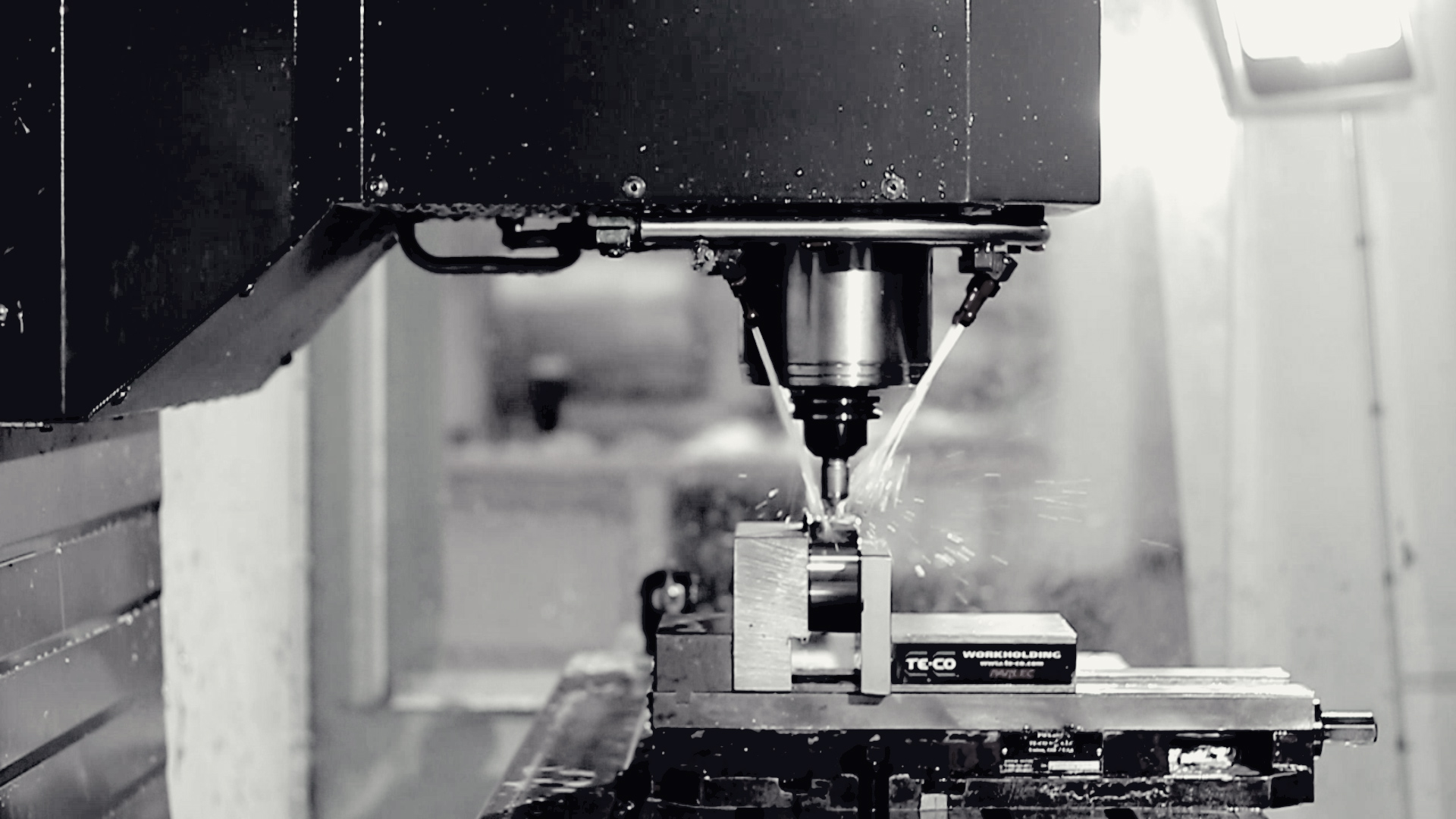If you’re considering starting an injection molding business, there are several injection molding guide you need to know about this process. The first thing is how the mold is made. The mold is composed of a core and cavity that allows the material to be injected. This allows the plastic to be shaped into the desired shape and size. After it is formed, the plastic is ejected from the mold and is then ready for further processing.
Four-stroke cycle
The process of injection molding follows a four-stroke cycle. It begins with a liquid that flows into a mold cavity. Once the material is poured into the mold, it is quickly cooled. The mold cavity is then opened and the part is forced into it by pins. Once the part is completed, the mold is closed and the process is repeated. Depending on the type of mold, the process can take a few weeks or even months.
Multiple uses
Injection molding can be used for a variety of purposes. The food and beverage industry uses it extensively for components and bottles. Because it can produce highly detailed parts, it is attractive to companies that want to produce more complex parts. In addition to medical devices, injection-molded parts are also used in home and building construction. These products are required to be durable, consistent, and high-quality. Injection-molded parts can be made from a variety of materials, making them perfect for a range of uses.
Repeatability
Injection-molded parts are extremely repeatable. As they are molded over, the material loses its performance properties. For this reason, this process is ideal for high-volume production, where repeatability is essential. Injection molding is the most cost-effective method of manufacturing plastic parts. It’s incredibly durable, repeatable, and is a great option for high-volume volume production. If you’re considering using injection-molded parts in your business, you should be aware of the following key details.
Initial cost
Before you start an injection-molded product, you should be aware of the initial costs. Injection molding is a high-volume process and will cost you a considerable amount of money. However, it’s important to choose the right manufacturer for your project and know how much it will cost to manufacture it. With these in mind, it’s important to understand all of the factors that go into the decision. The process itself is a complex one, but it’s worth it if you are confident that it’s the best option for your needs.
Manufacture parts from a variety of materials
Injection molding allows you to manufacture parts from a variety of materials. For example, the food and beverage industry has strict regulations relating to food safety. Injection-molded parts can be made from BPA-free, non-toxic plastics, and can withstand temperature changes. Generally, this makes this process ideal for producing food and beverage containers, caps, and filters, among other items. If you’re considering investing in this process, you need to know how it works in order to make an informed decision.
Good quality
Injection-molded parts are durable and reliable. But the cost-effectiveness of the process depends on the quality of the mold. Injection-molded parts can withstand a lot of wear and tear. For this reason, it’s essential to know how the process works before you decide to invest in an injection-molded product. You need to know how the process works. Once you’ve figured out what you’re trying to manufacture, it’s time to decide which type of injection-molded part to create.
Affordable
Injection-molded parts are a reliable and affordable way to create a large number of plastic products. You can choose between various materials and designs for your products. Injection-molded parts are usually highly reproducible and can be highly durable. They are also more accurate, which is a major benefit if you’re looking to produce high-volume plastic items. A large undercut can be costly, so make sure you have experienced designers.
Conclusion:
Injection-molded parts are often highly accurate. Injection-molded parts are also more durable than their metal counterparts. Injection-molded plastic parts are often more durable and reliable than their metal counterparts. If you’re looking to start a plastic part business, these tips will help you succeed. There are many different reasons to invest in an injection-molded product. You should consider the cost of production, the quality of the material, and how it affects your products.

